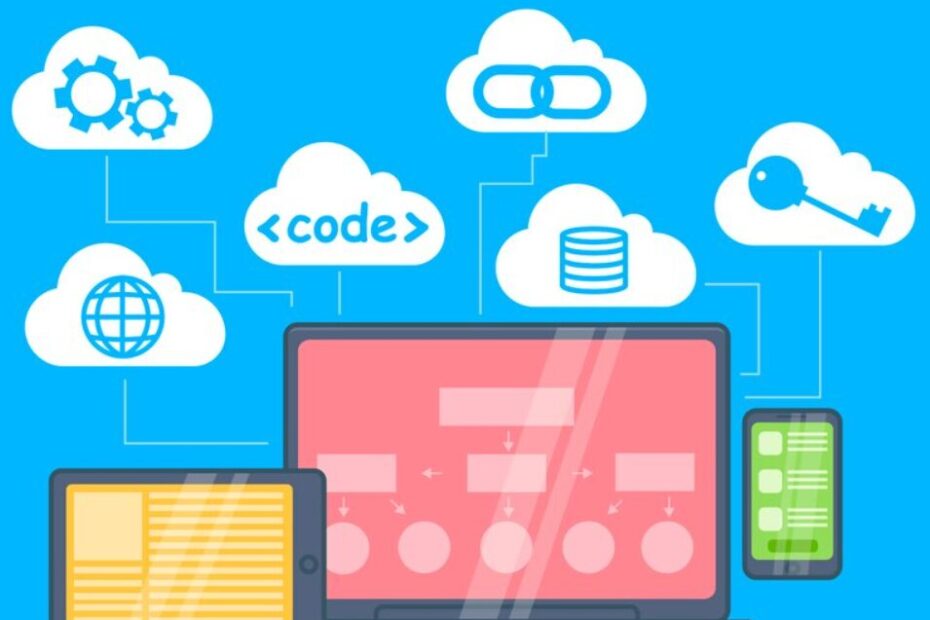Software as a Service (SaaS) has revolutionized the way businesses and individuals use software, offering convenience, scalability, and Using Saas Effectively. To maximize the benefits of SaaS solutions, it’s crucial to understand the best practices for their usage.
Enozom is a software development company, provide clients with the full spectrum of software services focusing on web development, effective web design, mobile app development, and software testing.
1. Understand Your Needs and SaaS Suitability
Before adopting any SaaS solution, assess your specific needs. Consider the problems you aim to solve and evaluate if a SaaS model is the best fit. This involves understanding the software’s capabilities and limitations in the context of your requirements.
2. Evaluate Integration Capabilities
SaaS solutions should seamlessly integrate with your existing systems. Check for APIs, data import/export features, and compatibility with your current software stack. Efficient integration minimizes disruption and leverages existing data and processes.
3. Prioritize Security and Compliance
Investigate the provider’s security protocols and compliance with relevant regulations (like GDPR, HIPAA). Ensure they offer robust data encryption, secure authentication methods, and regular security audits. Understand your role in maintaining security, such as managing user access and permissions.
4. Assess Scalability and Performance
SaaS solutions should be able to scale with your business. Assess the software’s performance under different loads and its ability to accommodate growth in users, data volume, and complexity of tasks.
5. Focus on User Experience and Training
The success of a SaaS tool is heavily dependent on its user adoption. Opt for solutions with intuitive interfaces and provide adequate training to your team. This includes creating user guides, training sessions, and ongoing support.
6. Plan for Data Backup and Recovery
While SaaS providers typically offer data backup, it’s prudent to have your own backup strategy. Understand the provider’s backup policies and ensure they align with your business continuity plans. Regularly test data recovery processes.
7. Regularly Review and Optimize Usage
Periodically review how the SaaS solution is being used within your organization. Look for underutilized features that could be beneficial, or overused resources that might require scaling down to optimize costs.
8. Stay Informed About Updates and New Features
SaaS providers frequently update their offerings. Stay informed about these updates and how they impact your processes. Using Saas Effectively knowledge can help in leveraging new features and preparing for changes that might require adjustments in your workflows.
9. Establish Clear Vendor Communication and Support Channels
Ensure that you have direct lines of communication with the SaaS provider for support. Understanding the levels of support offered, response times, and escalation procedures is crucial for resolving issues promptly.
Conclusion
maximizing the benefits of SaaS solutions, particularly when collaborating with a provider like Enozom, involves strategic planning and management. By focusing on these nine key areas, businesses can leverage SaaS to enhance efficiency, scalability, and innovation.
